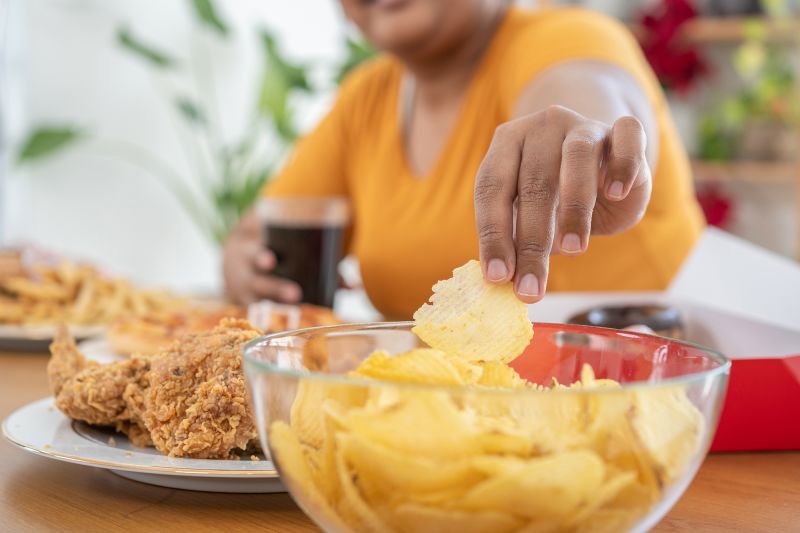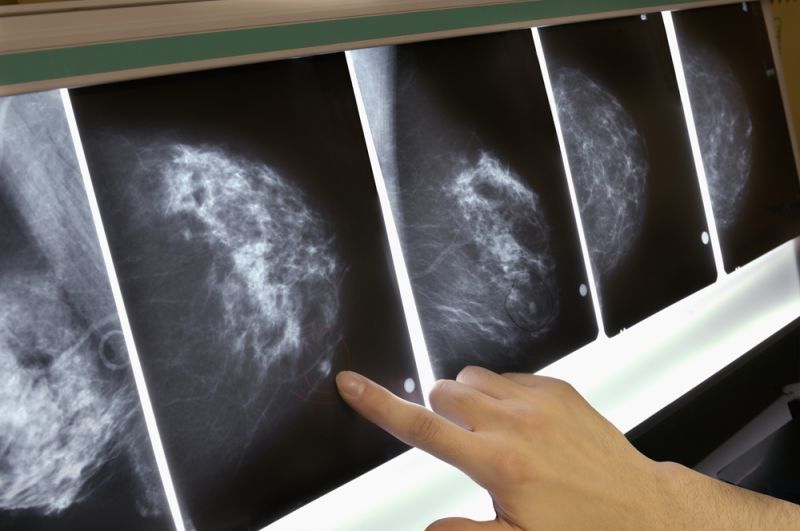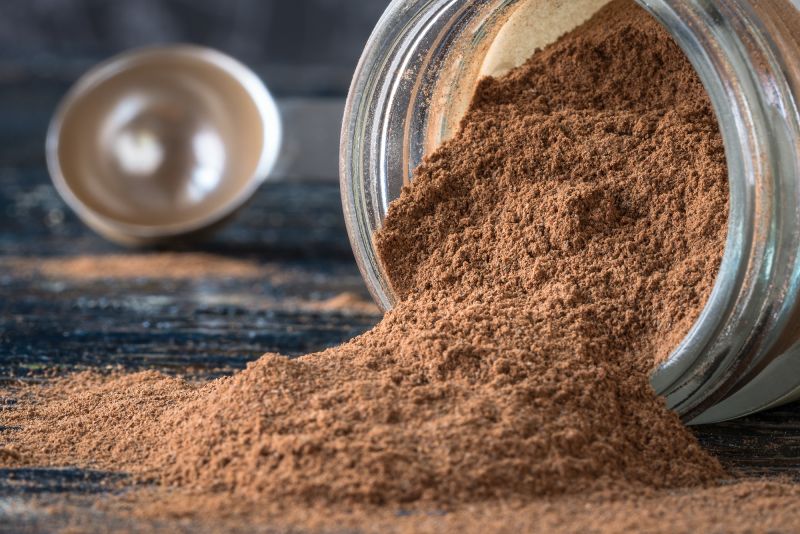Ultraprocessed foods may increase your risk for type 2 diabetes, study shows

Can you tell what ingredients went into your lunch today? Whether or not you can easily identify the contents of your meal may affect your risk of developing type 2 diabetes, according to new research.
Packaged foods, soda, chips, hot dogs, chicken nuggets and ice cream all fall under the category of ultraprocessed foods, which can include dozens of synthetic additives such as preservatives, emulsifiers and artificial dyes. And the report shows these foods can have a big impact on health.
Researchers analyzed the consumption of ultraprocessed foods and the development of type 2 diabetes in more than 300,000 people from eight European countries for an average of 10.9 years, according to the study published Monday in The Lancet Regional Health – Europe.
For every 10% increase in the amount of a person’s diet made up of ultraprocessed foods, the team found that there was a 17% increased risk for developing type 2 diabetes, the data showed.
The scientists also found that reducing the amount of ultraprocessed food you are consuming can lower the risk, according to the study.
The study is observational, meaning that while researchers can show a connection between the level of food processing and the risk for type 2 diabetes, they cannot say that one causes the other, said Dr. Nerys Astbury, associate professor of diet and obesity in the Nuffield Department of Primary Health Care Sciences at the University of Oxford, in a statement.
However, the results of the most recent study do add to a body of evidence showing that eating more ultraprocessed foods is associated with many adverse health conditions, said Astbury, who was not involved in the research.
Why ultraprocessed foods could be of concern
You can tell when you have an ultraprocessed food in your shopping cart because it combines multiple ingredients — many of which you wouldn’t cook with at home — and has undergone a lot of processing, said lead study author Dr. Samuel Dicken, a clinical scientist at University College London.
“Ultra-processed foods are everywhere,” Dicken said via email. “They’re highly accessible, cheap, convenient, and heavily marketed.”
“Examples include sugary drinks, ready meals, savory snacks (such as crisps), breakfast cereals, and plant-based alternatives,” he added. “They can often be identified by a long list of ingredients on the package, with lots of colorful branding, and some of them with nutrition/health claims such as low in fat, or high in fibre.”
The researchers were not able to say for sure why ultraprocessed foods are associated with a greater risk for type 2 diabetes, but there are some hypotheses.
For example, “they tend to be high in calories for the weight of the food, meaning you eat more calories before you feel full,” Dicken said.
“We also know that increased body fat (from excess calories) increases the risk of type 2 diabetes. When we considered bodyweight, an increase in waist to height ratio (increased belly fat) potentially explained nearly half of the association,” he added.
The study can’t prove a causal relationship between foods and type 2 diabetes risk, and the authors acknowledged there are limitations and a need for further research, said Sarah Gallo, senior vice president of product policy at the Consumer Brands Association, which is a US trade association for manufacturers of consumer packaged goods.
“Demonizing shelf ready foods could limit access to and cause avoidance of nutritious foods resulting in decreased diet quality, increased risk of food-borne illness, greater food waste and exacerbated health disparities,” she said. “The makers of America’s trusted household brands are closer to the consumer than any other industry and are committed to protecting access to nutritious, affordable, convenient and safe food.”
What to eat instead
The main culprits that seemed to be driving the connection between ultraprocessed foods and type 2 diabetes were sugary drinks, processed animal-based foods and savory snacks such as potato chips, Dicken said.
When you go to buy your lunch, he recommends swapping out a soda for water and chips for fruit or unsalted trail mix, he said.
It’s also important to note that not all processing is the same, said Dr. Hilda Mulrooney, reader in nutrition and health at London Metropolitan University. She was not involved in the research.
“Really all foods are processed to some degree; picking an apple off a tree is a type of processing,” she said in an email. “Processing is often beneficial because it helps ensure food safety and adds to its lifespan, reducing the risk that it will go off causing food poisoning. It is the degree of processing that is being questioned.”
To evaluate the degree to which the foods you are eating is processed, she recommends thinking about how closely they resemble the starting ingredients.
“Looking at food labels is a good place to start; if the end product does not resemble the starting food, and has a long list of ingredients, then it is likely to be ultra-processed,” Mulrooney said via email.
Ideally, you want to maximize the amount of foods you eat that are similar to their starting ingredients, she said.
“If you are unsure how much ultra-processed food is in your diet, it might be worth keeping a record for a few days,” Mulrooney added. “If you find you are eating a lot of them, then it is worth making some swaps to shift the balance of your diet away from ultra-processed and towards more natural and less processed foods and drinks.”
Also remember that diet isn’t the only factor that contributes to diabetes risk, she said. Your activity levels, the length of time you sit, the amount of sleep you get, your hydration levels, and your smoking and drinking habits all play a role as well.







